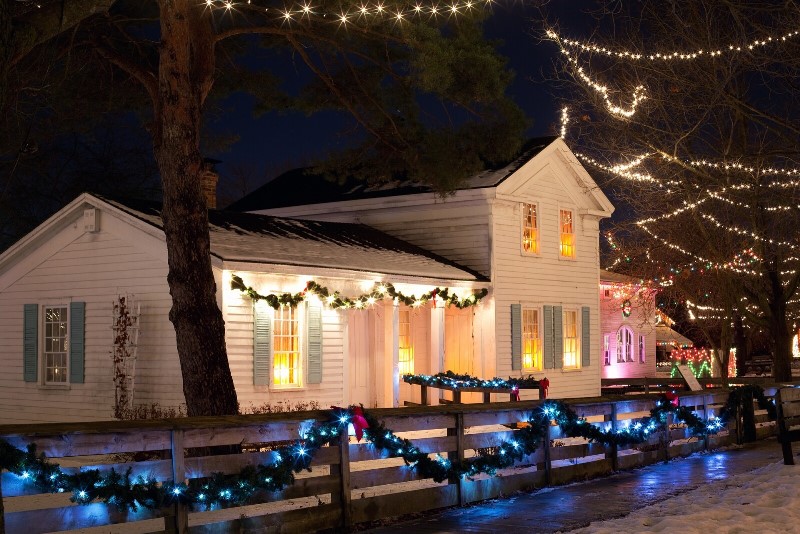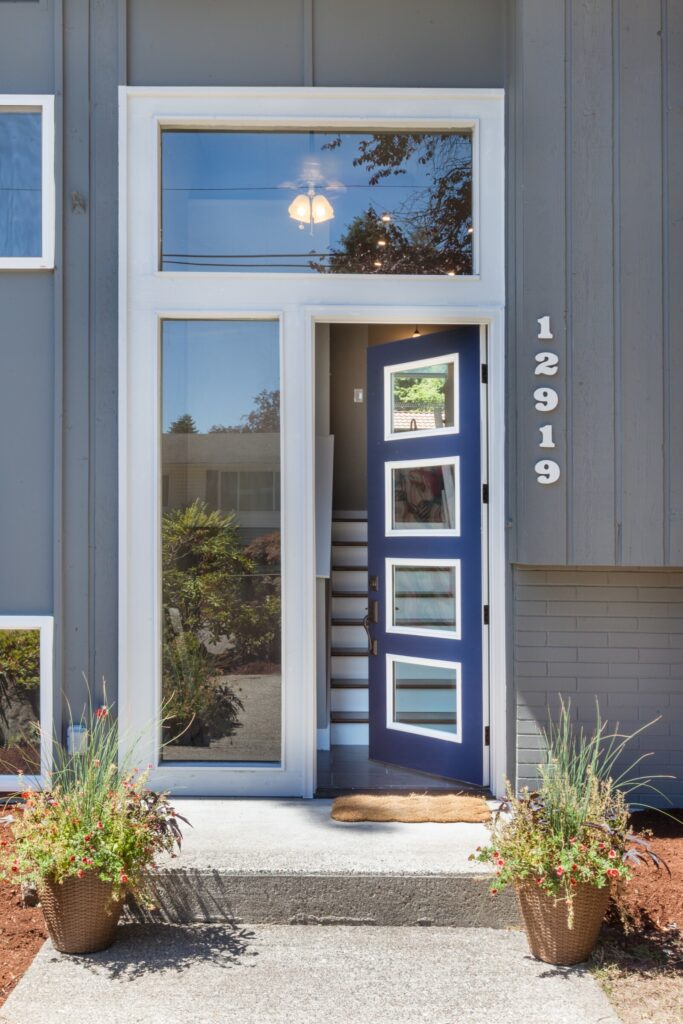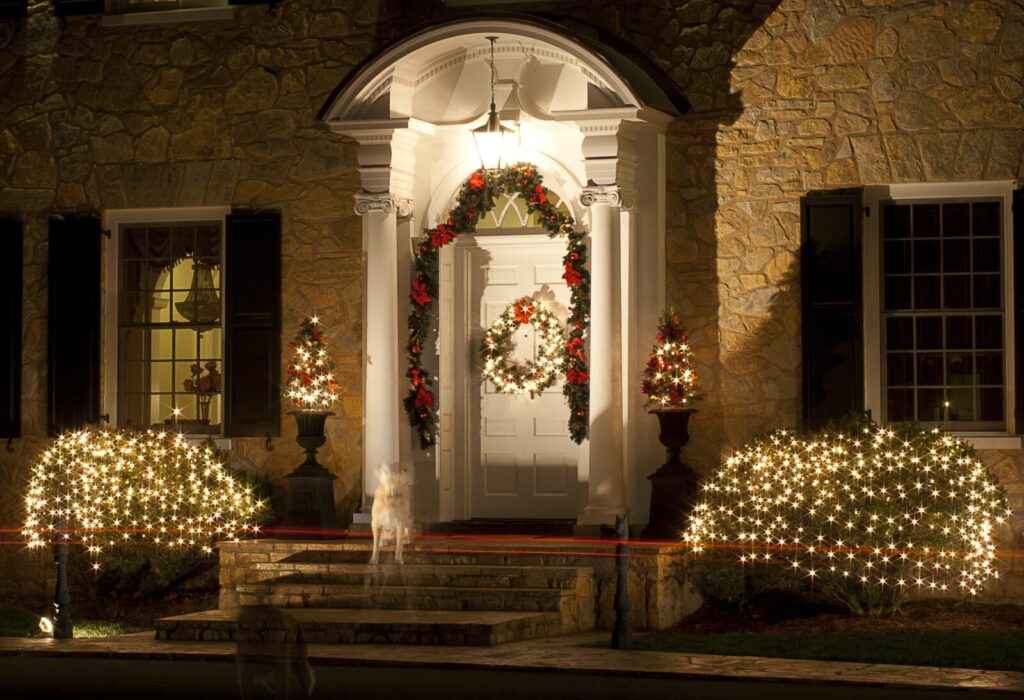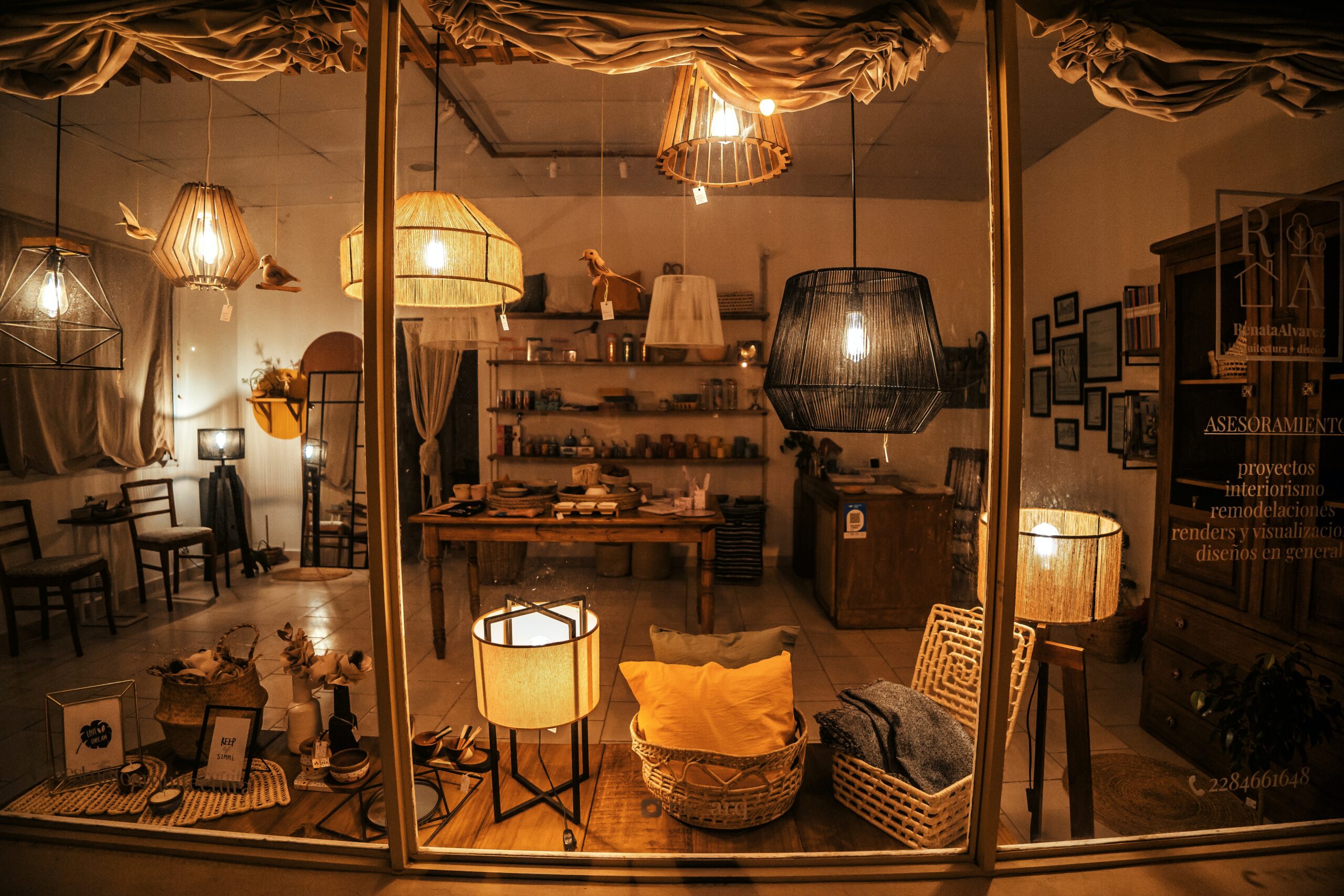If you’ve ever tripped on a dark path or had trouble getting your key into the lock on a stormy night, you probably know how important outdoor lighting can be. For this reason, it’s crucial to design your front yard lighting carefully.
In this article, we’ll help you navigate the different types of outdoor lights and which ones will work best in your space. We’ll also talk about choosing the right height for your lights, ensuring they’re waterproof and durable against all kinds of weather conditions, and even getting creative with them if you want some decorative touches around your property.

Front yard lighting is essential for safe passage a night.
Lighting your front yard is essential for safe passage a night, and it can also be used for security and enjoyment, as well as to enhance the appearance of your property.
You may use lighting to deter crime by making it more difficult for thieves to hide in the shadows outside your home, or you may want lights so that visitors won’t trip over objects in their path when they walk up to your door at night. Your front yard is often viewed by neighbors and passersby alike, so it’s essential to make sure that it looks attractive.
The most important thing is to make sure the lights are bright enough.
If they’re too bright, they can be distracting and annoying; if they’re not bright enough, your yard will look uninviting at night.
To measure brightness, we use lumens. The number of lumens tells you how much light is emitted by a bulb or fixture when it’s turned on for one hour with no other lights nearby (i.e., there isn’t any competition for wattage from other bulbs). The brighter a bulb appears during the day or at night, the higher its wattage and lumen output. You might be tempted to go overboard when choosing how many watts to install in each fixture, but keep in mind that there are limits: The distance between your light source and your eyes plays an essential role in determining how well you see things in low-light conditions!

Choose low-wattage bulbs that reflect a warm light.
- Choose low-wattage bulbs that reflect a warm light. Low-wattage bulbs are more energy-efficient and brighter than high-wattage bulbs, which means they’ll last longer, and you won’t need to replace them as often. Plus, low-wattage bulbs are less expensive per bulb than their high-wattage cousins, so you’ll save money in the long run by using these instead.
- Keep your lighting fixtures clean and dust-free for optimal performance. When it comes to exterior lighting, all of your fixtures must be properly cleaned (or replaced) regularly to ensure optimal performance—especially if you live in an area with frequent rainfall or extreme weather conditions such as snow or sleet!
For decorative purposes, you can get creative with your lighting choices.
When it comes to lighting your front yard for decorative purposes, you can get creative with your choices. For example, you can choose between different colors of bulbs: white, yellow, or purple. You can also experiment with the type of bulbs used—you might want to try halogen or LED lights. Finally, if you’re also interested in making a statement about your home’s design style through your lighting fixtures, this is an opportunity for you! No matter what style suits your taste best (traditional or contemporary), there are plenty of options for every budget.
Don’t put your lights too high off the ground.
Don’t put your lights too high off the ground if you’re using landscape lighting. By “too high,” I mean anything over 6 feet, and it’s best to keep them at 4 feet or less so they’re not distracting drivers driving by. If you’re using a decorative light post, this doesn’t apply because they’re meant to be seen from far away and should be placed higher than usual to make sure they pop against the sky when viewed from below.

Front Entrance Hanging Lighting
Ensure your front yard lights are waterproof to withstand the elements.
If you’re unsure if your lights are waterproof, there are ways to test them. A simple way to tell if a lamp is water-resistant is by turning on all of the bulbs and submerging its base in water for 30 seconds. If no moisture permeates through its cracks or seams, it should be safe for use outside in weather conditions (unless you have unusually heavy rainfall).
If your lights aren’t yet waterproof but want them to be for outdoor use, there are several DIY methods for doing so:
- Spray paint over all exposed metal parts with clear coat spray paint. In this method, all-metal parts will eventually rust over time—so even though these steps keep out moisture from short periods of exposure (like rain), they do not make anything last forever! You’ll need continual maintenance throughout years of use and repainting when needed—and yes…this means more work than simply purchasing pre-made weatherproofed versions.* This process also works great on plastic parts like those found on solar garden lamps or wind turbines
When designing front yard lighting, there’s a lot to consider, but it can be a fun project if you plan carefully.
Designing a front yard light system is a fun project, but you must make sure you plan carefully. You’ll want to start by considering the following:
- The size of your yard and how much light you need for safe visibility.
- The size of your budget and how much you can spend on lighting fixtures and bulbs.
- It would be nice if all your family members could sit together in the evenings or on weekends (or so they could talk with their neighbors).
Conclusion
Well, there you have it. We hope you’ve found some inspiration on how to light your front yard practically and beautifully. Remember that you’re not limited to one type of lighting—combining different fixtures will provide the best overall effect as long as they’re arranged sensibly. If in doubt, take a few pictures of your design before committing too much money or time. Whatever you do, we hope you end up with something that will make all your neighbors jealous!


